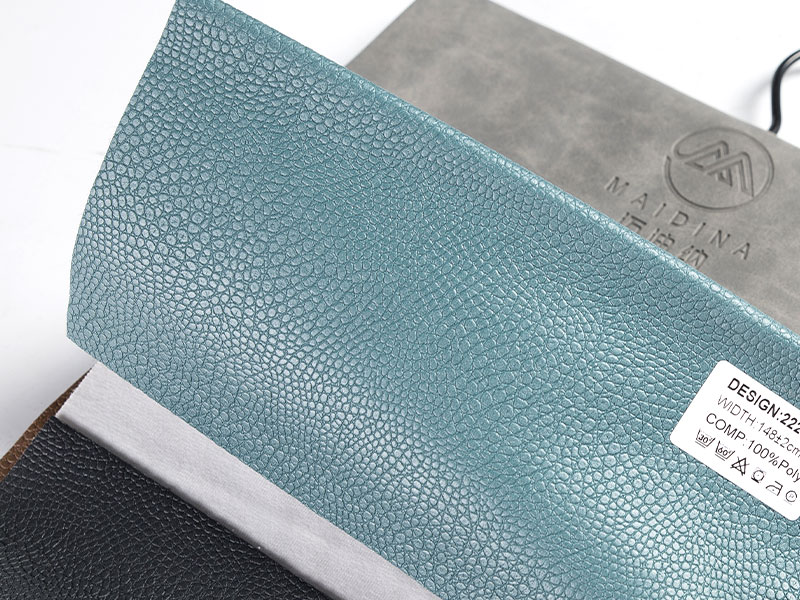The Most Familiar Warp Knit Fabric: An In-Depth Look
Warp knitting is a fascinating textile process that creates fabrics with exceptional stability, durability, and a resistance to unraveling. Unlike weft knitting (the method used for most T-shirts), warp knitting uses multiple parallel yarns to form interlocking loops in a zigzag pattern. This unique structure allows for the creation of a wide range of fabrics, from delicate lace to robust industrial materials.
While there are many types of warp knit fabrics—such as tricot, raschel, and simplex—the most familiar and widely used is arguably warp knit fleece. Its cozy feel and practical properties have made it a staple in everyday life.
Understanding Warp Knit Fleece
Often known by other names, warp knit fleece is a plush, pile fabric characterized by its soft, velvety surface. It's not to be confused with traditional woven flannel, which is a brushed, plain or twill weave fabric. The key difference lies in the knitting process and the resulting fabric structure. Warp knit fleece is typically made from polyester fibers and is engineered for warmth and comfort.

Key Characteristics and Applications
Warp knit fleece's popularity stems from a combination of desirable attributes:
-
Exceptional Softness and Warmth: The fabric's dense pile traps air, providing excellent insulation and a luxurious, cozy feel against the skin.
-
Durability and Stability: The warp knit structure makes the fabric highly stable, preventing it from stretching out or shrinking after washing. It also resists runs and unraveling, which is a significant advantage over many weft knits.
-
Ease of Care: Warp knit fleece is typically machine-washable, quick-drying, and resistant to pilling, making it a low-maintenance choice for consumers.
-
Versatility: The fabric can be dyed in a vast array of colors and can also be printed or embossed to create various designs and textures.
These qualities have made warp knit fleece a go-to fabric for numerous products. It's the primary material for the blankets and throws you find in countless homes, and it's widely used for creating soft and warm pajamas, robes, and loungewear. Additionally, its durability and comfort make it a popular choice for children's clothing and baby blankets.
In conclusion, while warp knitting encompasses many different fabrics, warp knit fleece stands out as the most recognizable and widely adopted. Its blend of comfort, warmth, and practicality has cemented its place as a household name and a key player in the modern textile industry.


 Language
Language  English
English 中文简体
中文简体 عربى
عربى





















